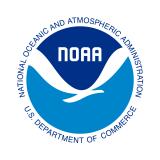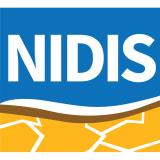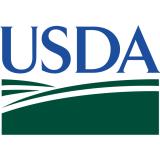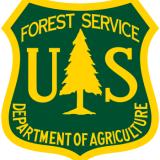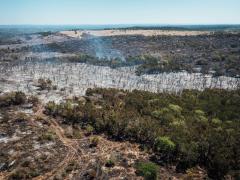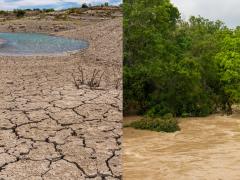Digging Into the Significance of Soil Moisture at the 2025 National Soil Moisture Workshop
On the second morning of the 2025 National Soil Moisture Workshop, keynote speaker Syed Huq reminded the audience:
“Mni wichoni, water is life.”
Syed Huq is the director of Mni Wichoni Rural Water and Water Resources for the Rosebud Sioux Tribe (Sicangu Lakota Oyate). The audience he addressed included researchers, network operators, hazard planners, resource managers, private industry service providers, and others. All were gathered for a shared purpose: to broaden their understanding of soil moisture, that subtle but critical component of the water systems we all rely on.
The 16th annual National Soil Moisture Workshop was hosted by the U.S. Department of Agriculture - Agricultural Research Service (USDA ARS) and NOAA's National Integrated Drought Information System (NIDIS), in partnership with the U.S. Forest Service and Colorado State University. The theme for the June 3–5 meeting was “making soil moisture science actionable.” With 90 in-person participants, this was one of the largest turn outs to date.
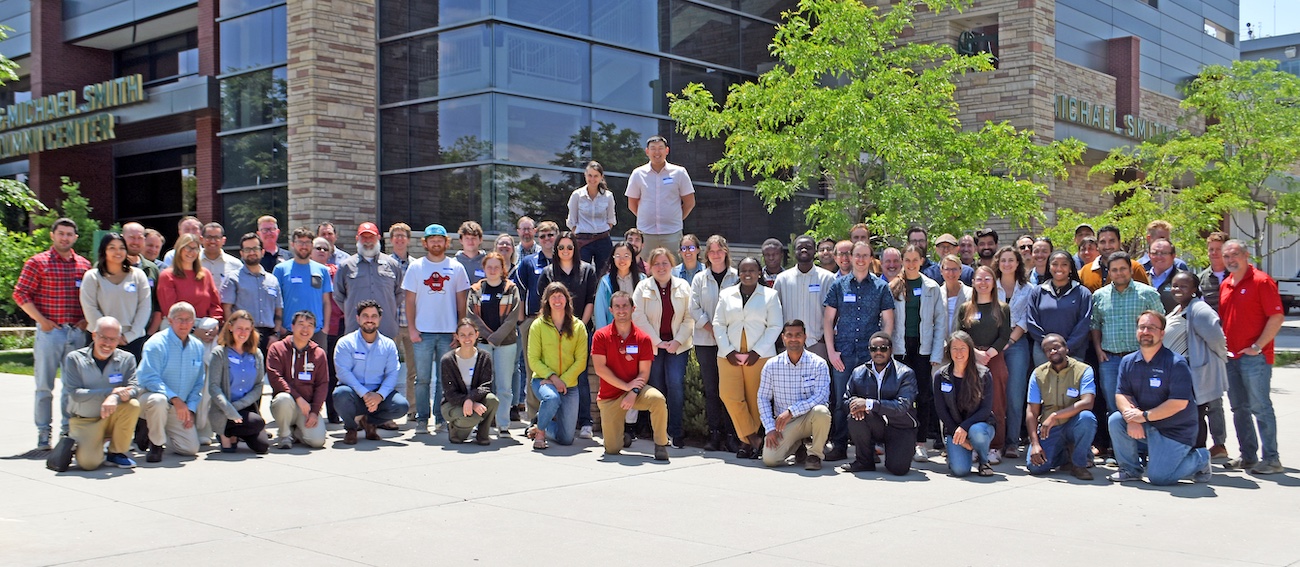
As evidenced by the high attendance, interest in soil moisture research and applications is climbing. For example, states such as Missouri are working to leverage partnerships to boost soil moisture data for early drought and flood warnings. In part, this expanding engagement comes in response to societal needs: the past decade in the U.S. has brought droughts, wildfires, floods, and water supply shortages of unprecedented severity. These events impact multiple economic sectors and influence human health and safety. Soil moisture plays a role in each of these disasters, but identifying and tracking that role can be a challenge.
In an afternoon keynote talk at the workshop, Rebecca Briesmoore of the Colorado River Water Conservation District (CRD) provided tangible examples of the types of impacts Colorado communities face when water does not arrive as expected and the questions that CRD hopes soil moisture might answer.
Briesmoore explained the necessity of accurate streamflow forecasts for everything from the fishing and rafting industries to agricultural production or meeting municipal needs. However, forecasting has gotten more complicated.
“The historical ways we’ve used to forecast water supply are just not really giving us the full picture anymore,” she said.
In the snowpack-driven watersheds of the Upper Colorado River, the yield of water from snowmelt in some years has been much lower than anticipated. Where that “missing snow” went—to sublimation, evaporation, or into the soils—still remains inadequately quantified. Colorado stakeholders want to know how much of a role dry soils in late fall play in absorbing runoff from snowmelt the following spring.
Unpacking questions such as these requires collaboration across institutions and research areas—the type of collaboration that the National Soil Moisture Workshop (and its organizing community, the National Coordinated Soil Moisture Monitoring Network [NCSMMN]) seeks to spark and facilitate.

Over the course of two days of plenary sessions, a side meeting, a poster session, and field trips, the National Soil Moisture Workshop explored the different components needed to make soil information more actionable for stakeholders, like the CRD. Presentation topics covered quality assurance for collecting soil moisture data, improving modelled soil moisture and model outputs, and methods and tools for communicating information to end users.
Use cases for soil moisture spanned geographic scales from highly localized (in-field soil moisture monitoring for irrigation efficiency) to large, multi-basin regions (modelled soil moisture for tracking drought onset and development).
Throughout the workshop, common themes emerged, including the importance of:
- understanding the specific information needs of data users (both end users, like decision makers, and middle users, like model developers)
- standardized approaches and continuity in data collection and distribution
- clear communication at all levels of soil moisture work
- demand for a better characterization soil moisture’s part in physical processes and across systems
- advancing our knowledge of soil moisture in industry, agriculture, ecosystems, and health
On the last day of the National Soil Moisture Workshop, field trip participants at Horsetooth Reservoir hunkered down in vans waiting for a spate of rain and hail to pass so they could learn about water management from the Fort Collins Water Utility. Although rain pinged on the van roofs and puddled on the soil outside, spirits were not dampened. This group understood that for the Front Range on this day, precipitation was a good thing.


